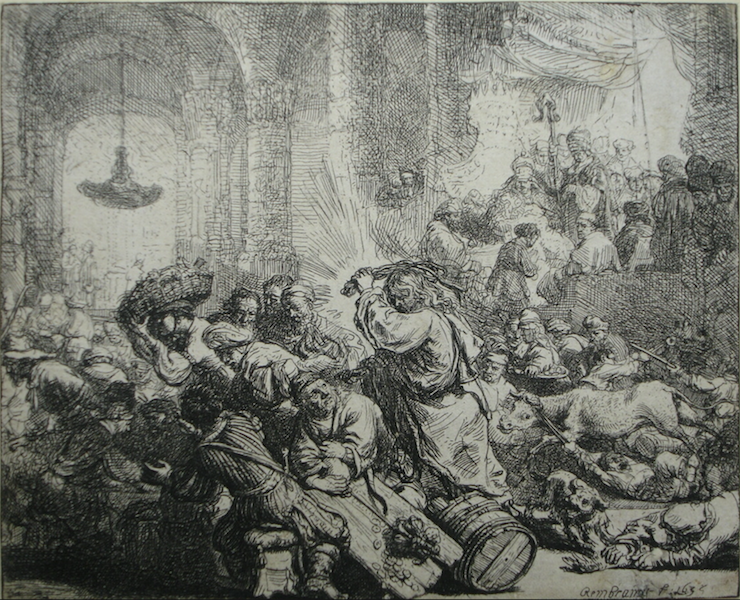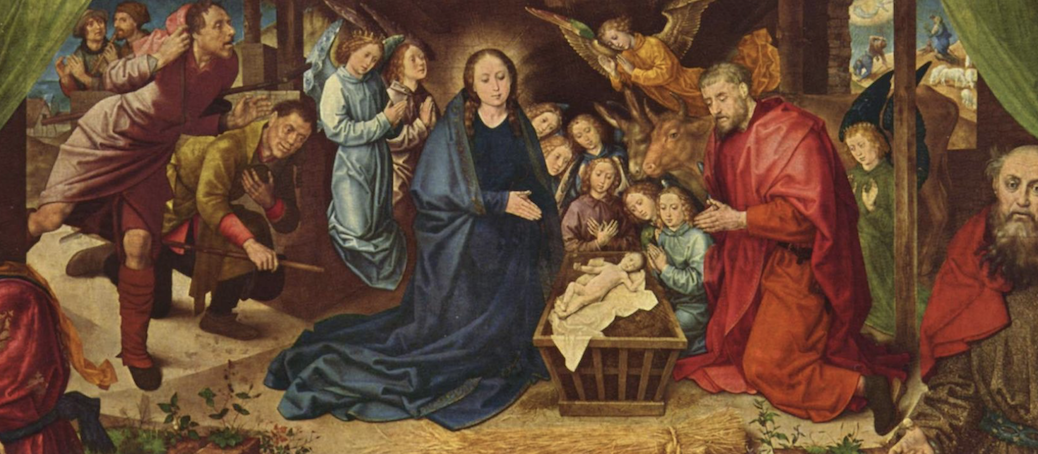Christmas is one of the four quarter days which mark the changing of the seasons.
The four quarter days are:
- Lady day or the Feast of the Annunciation 25th March;
- Midsummer’s day around 25th June;
- Michaelmas 29th September;
- Christmas 25th December – lest we forget. Fat chance.
They all approximately coincide with either an equinox or a solstice.
Equinoxes
An equinox is when day and night are of equal duration. There are two of them – spring and autumn:
- Spring equinox 21st March;
- Autumn equinox 23rd September.
Solstices
As for the solstices there are two of these too – summer and winter.
- Summer solstice (longest day and shortest night) 21st June;
- Winter solstice (shortest day and longest night) 22nd December.
Christmas
Nobody knows the day or the month when Jesus Christ was actually born. However, the Feast of the Annunciation falls on the 25th March which is when Christians celebrate the day Gabriel called on Mary to tell her she was to be the mother of the son of God.
Imagine that!

Christmas is exactly 9 months after the Feast of the Annunciation. That’s biology for you.
Christmas also coincides approximately with the Winter Solstice on 22nd December. Also known as The Shortest Day. Now there’s cause to celebrate.
Christmas Traditions
You don’t need me to tell you about the ‘traditions’ of Christmas. Suffice to say, it is cruel that we have to bear it in the middle of the darkest, wettest and most depressing time of the year. It’s enough to push you over the edge!
We can never really know what Jesus might think about Christmas traditions, However, we do know what happened when he discovered the merchants had set up shop in the temple, so we can guess:

‘But what about the bees?’ says you…
Us beekeepers are fortunate because there is a lot of stuff out there to be getting on with at christmas.
Treat them
The bees should have been fed and treated for Varroa after the honey was extracted at the end of summer. However, midwinter is the time when the queen bees should be off lay and there should be a short broodless period which is ideal for a backup treatment with Oxalic acid. I say should be because it is not always the case especially in a mild year or where they ivy bloomed late. So long as there has been a bit of cold weather – below 15 degrees – and a decent interval since you last saw yellow ivy pollen going in to the hives – Christmas should be perfect.
Click here for how to do that.
Click here for more about Oxalic acid for Beekeepers.
I should add that midwinter treatment may not be necessary if you are confident that the conditions in autumn were good enough to allow your thymol/MAQS to work properly.
Feed them
While you are out there – check the feed status of your bees. Heft the hives to assess the weight and if they seem light put some fondant on. It won’t do any harm and if they need it later – it’s there.
If the bees seem weak and are clustering close to the top of the frames you could choose to remove the crownboard and place the fondant directly onto the bees where they will find it easily. If you do this – add an eke and pack the space around the fondant with old jumpers, sacking or some other cosy stuff.
Don’t put pollen substitute on yet – too early – wait for February.
Apiary Watch
Make sure the hive roofs are weighted down with stones or tied with ropes – winter has hardly started and there could be gales. And there could be animals.
Maintenance
Mend broken equipment. Treat spare boxes if they need it. Make up new stuff but don’t put wax into new frames till spring or it will just lose its fragrance and go all crispy then the bees won’t work it properly – they’ll draw all that abstract stuff with holes and buttresses.
All your equipment, supers, spare brood boxes etc could all do with a good scrape down – propolis flakes off well in the cold weather. Save all the little bits of beeswax you will be amazed how it mounts up.
Click here for how to tackle your beeswax mountain.
Strip down old frames with black, knackered or holy wax. Holy wax is comb with holes in it. Burn the really black horrible wax – use if for lighting fires that’s the only thing it’s good for.
Save the paler, cleaner wax and render it:
Click here for how to render beeswax.
Then do something interesting with it but take care not to set fire to yourself:
Click here for beeswax polish recipe
Click here for beeswax lipbalm recipe
Click here for beeswax handcream recipe
Wax Moth
If you are storing used brood frames and you know you have a wax moth problem you might like to take this opportunity to treat them with acetic acid. Acetic acid is not the stuff you put on your chips – treat it with respect.
Click here for how to do that thing
There is also a biological control agent from Vita which uses a micro-organism to attack wax moth. The product is called Certan and the micro-organism is called Bacillus thuringiensis.
Click here for Certan information
Christmas Forage
There is very little floral forage out there for the bees at Christmas. This year there is quite a lot of gorse in bloom. In some years there may be the dregs of the ivy. Also some winter garden plants such as Mahonia or even snowdrops.
- Ivy pollen is yellow
- Gorse is orange/brown
- Snowdrops pollen is orange/brown too
- Click here for more about ivy
- Click here for how to take a crop of ivy honey.
Happy New Year!
Copyright © Beespoke.info, 2017. All Rights Reserved.
